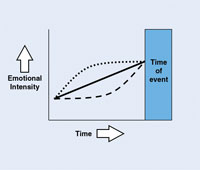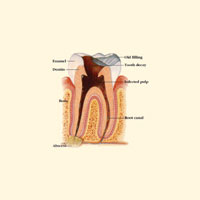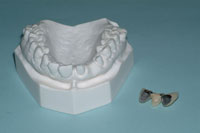Efficiency and productivity are 2 parameters that can be used to define a successful dental practice. Dental assistants can help maximize efficiency and productivity, and different states allow them to perform various procedures. Maximizing auxiliaries’ skills will allow the dentist to become more efficient, more productive, and even enjoy dentistry more.
I practice in Pennsylvania, where dental assistants are allowed to receive additional training and certification and become an expanded functions dental assistant (EFDA). In Pennsylvania an EFDA can perform many procedures that a certified dental assistant (CDA) may not. EFDAs are allowed to place and carve composites and amalgams. They can also take many impressions. However, they are not allowed to perform procedures that are “nonreversible,” ie, cutting preparations, doing injections, etc.
Several years ago our office enlisted the help of a coaching team from Fortune Management, based out of Seattle. Our mentors, Alan, Sandra, and Debra Richardson (now called The Richardson Group), outlined several different avenues that increased our bottom line. I have been in private practice for more than 30 years, practicing with 2 other full-time dentists. The first year of our Fortune Management coaching netted our office an increase of more than 20% in overall receipts. This was the largest 1-year increase in many years. One of our mentors’ valuable suggestions was to use our EFDAs more efficiently and also at the same time manage our appointment book accordingly.
The following is a step-by-step approach to increase your efficiency and at the same time reduce your stress level. Remember, your state may allow more or less latitude in what an assistant or an equivalent EFDA may perform.
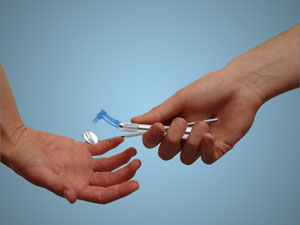 |
| Photo Illustration by Brian C. Green |
BASICS
- You, the dentist, need at least 2 operatories designated just for your use.
- You need to have 2 dental assistants working with you. One should be an EFDA or equivalent of your state’s advanced assistant training. We will discuss how we use our EFDAs and CDAs using Pennsylvania’s rules and regulations.
- Our office has 3 dentists, 3 CDAs, and 4 EFDAs. We have trained our EFDAs to place and carve restorations to our office quality standards. This is very important. Just because someone has an EFDA certification does not mean he or she will be up to your particular standards. The same can be said for dentists. Each of us has our own standards for placing our restorations. An EFDA can be trained to place and carve restorations to your quality level or even better. If you don’t have confidence in your right-hand person, then you will have difficulty delegating procedures for him or her to perform. You may need a training period for a new EFDA to achieve the level of proficiency that meets your standards.
SCHEDULING
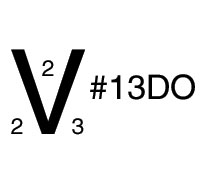 |
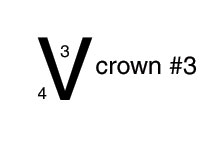 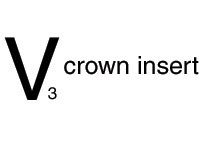 |
|
Figure 1. Restoration of tooth No. 13. |
Figure 2. Crown prep and subsequent insert visit. |
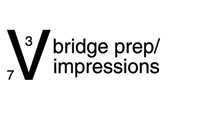 |
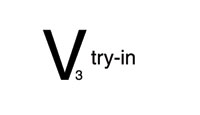 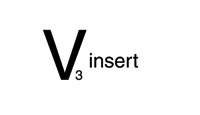 |
|
Figure 3. Three-tooth fixed bridge. |
Figure 4. Bridge try-in and insert. |
You now have 2 operatories, an EFDA trained to your standards, and a CDA trained to your standards. You are ready to begin a program for increased efficiency and productivity. The next critical part is scheduling. Each doctor has a level of comfort regarding which procedures he or she will delegate. I chose to do most anterior fillings, start to finish; I have chosen not to delegate these cosmetic procedures. What I do delegate on a regular basis are all posterior fillings (from the distal of canines to posterior). This includes all classes of fillings. If, on occasion, I feel a restoration will be extremely difficult to place for one reason or another, then I will schedule this patient with the doctor only.
Our EFDAs and CDAs can make beautiful temporary crowns and bridges. They also take preliminary impressions, counter model impressions, and bites. When we schedule our next appointments, we use a “V” to guide our appointment secretary. We place the time needed in units (each unit in our office is 10 minutes). So, if I want to do a direct composite restoration on tooth No. 13 comprising the disto-occlusal surfaces, it will be requested as indicated in Figure 1. This means 2 units with the doctor, then 2 units with the EFDA, or 3 units with the doctor to do the entire procedure if this is scheduled when an EFDA is not available.
Scheduling is very important, and your appointment secretary has to know the doctor’s and EFDA’s schedule so that appointments are made effectively. For a single crown prep and its subsequent insert visit, see Figures 2a and 2b. This designates a 4-unit preparation and impression with the doctor followed by a 3-unit temporary, bite, and countermodel impression with the EFDA or the CDA (who can also make temporary crowns). For a 3-tooth fixed bridge the appointment might appear as indicated in Figure 3. This is followed by a try-in (doctor only), followed by an insert (doctor only), as indicated in Figures 4a and 4b. Part of many dentists’ problem is allowing someone else to do this auxiliary work. Once you get over that psychological hump and know your assistants can do the work up to your standards (and sometimes better, since they may have much more time to fabricate this work), then you can feel very comfortable with this type of program.
GETTING THE PATIENT’S ACCEPTANCE
How do you make patients accept having assistants doing work where once only the dentist performed these tasks? Patients are expecting the doctor to do the work and are paying for the doctor to do the work. I simply say to my patient after I’ve prepared his or her tooth or teeth, “Mrs. Jones, I am now going to have Denise place the fillings for us, and I will be back in a few minutes to check and finish.” Then I get up and leave! That’s it. I am simple and direct, and I don’t make it a big deal. I tell them what is happening and that I will return, thus not abandoning them, and will be there to finish and check everything. If the patient has confidence in you, then he or she will have confidence in your EFDA and your judgment. My EFDA, Denise, will sit in my chair and ask the patient how he or she is doing, and then proceed. She may even tell the patient (if she thinks it is appropriate) that she is specially trained and certified to place these restorations. If you know you have a very difficult patient or a difficult procedure, then you may appoint to have the dentist do the entire procedure.
PERFORMING EFFICIENTLY
While your EFDA is placing these restorations, you are in the next operatory doing another procedure with your CDA. You are next door anesthetizing and prepping some teeth, and when you’re finished prepping, your EFDA (who should be finished next door) will then come in and restore the teeth that you have prepped.
CONCLUSION
Your overall personal productivity can increase substantially with this program. You have the added expense of an EFDA, the additional cost of a second operatory, and related overhead expenses. You can become more efficient and more profitable, and your dentistry can be more enjoyable and less stressful.
Dr. Hopenwasser has been a practicing dentist for more than 30 years and has lectured extensively on dental management. His practice management articles have been published in Dental Economics, Dental Management, Dentistry Today, and the Journal of the American Dental Association, and he has also written a chapter in the book Success Guide for New Dentists, published in 1990 by Anadem Publishing in Columbus, Ohio. He can be reached at (215) 493-4022 or howarddmd@aol.com.





